Contents
Shumokukan – cultural path in Nagoya
The Shumokukan was built in 1925 by Tamezaburo Imoto, a merchant of export ceramics. Miraculously, it survived the American bombings during World War II, allowing the original structure to be preserved. Its unique design, blending Japanese and Western styles, is fascinating.
The second floor of the building features a Western-style design, with stunning stained glass that adds to its charm.
You can also see the toilet and bathroom from that era. Of course, they’re not functional—they’re simply on display.
Desks and other furniture from that era are also on display.
These are Japanese ceramics, which were highly regarded in Western countries at the time and were exported in large quantities.
The first floor of Shumokukan features traditional Japanese-style architecture and had an exhibition of Japanese calligraphy. There was even a calligrapher actively creating works on-site.
Calligraphy pieces are also displayed on the tatami mats.
The photo above shows the inner garden. There was also a café on the first floor, but I decided against visiting it that day due to the large number of people.
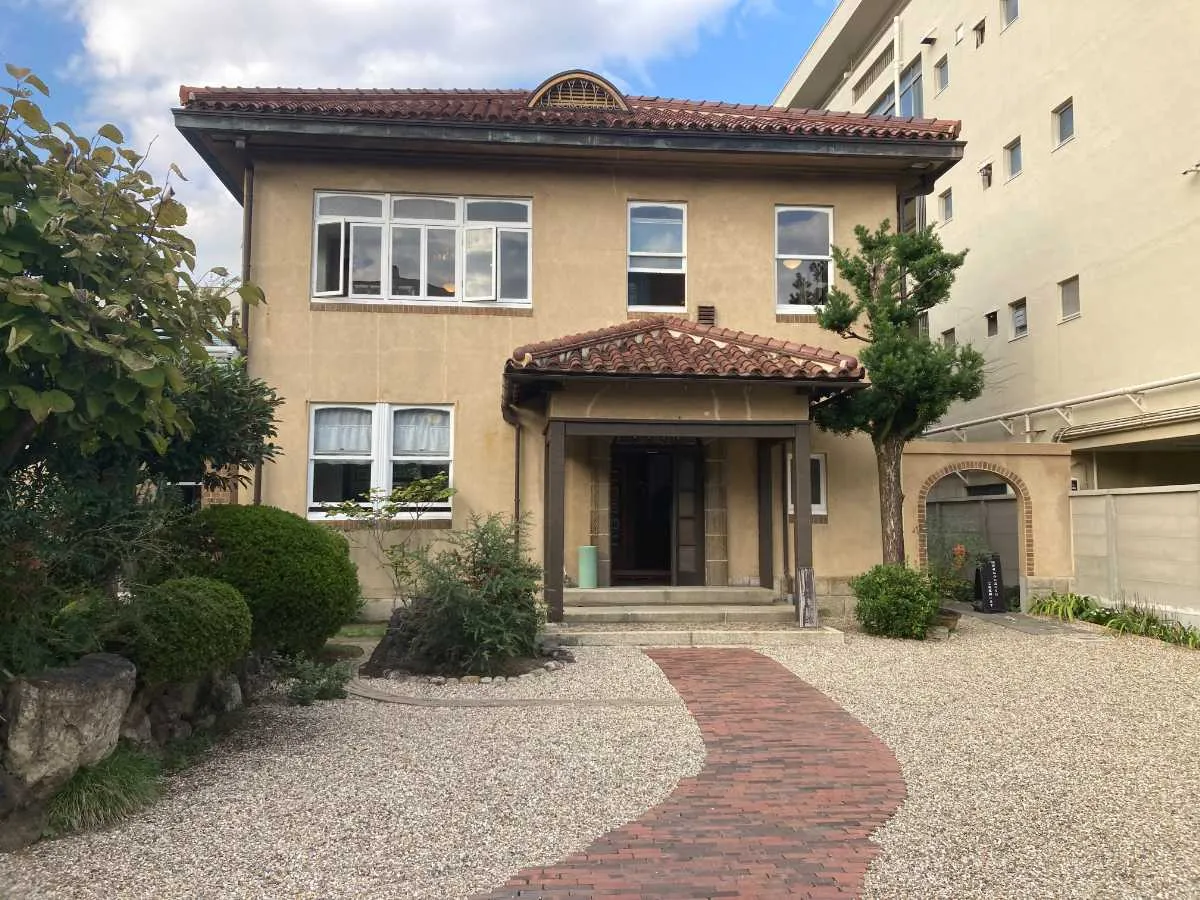

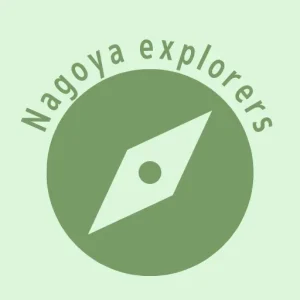
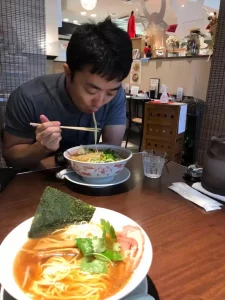

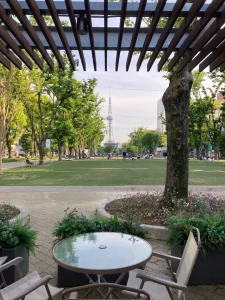

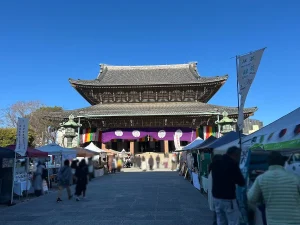

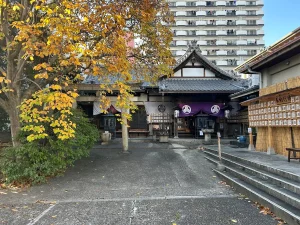

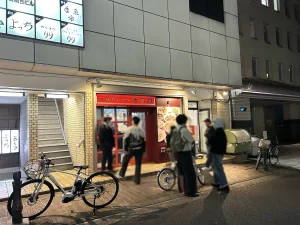

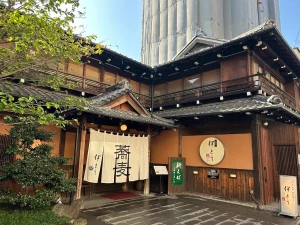

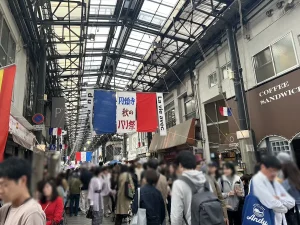

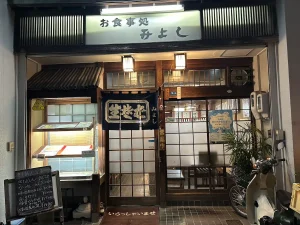

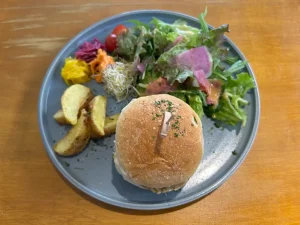

LEAVE A REPLY